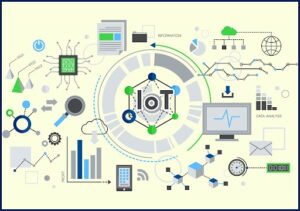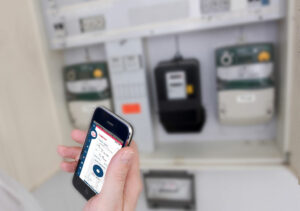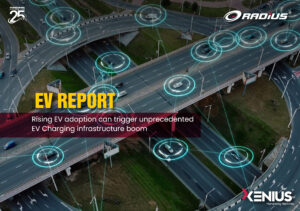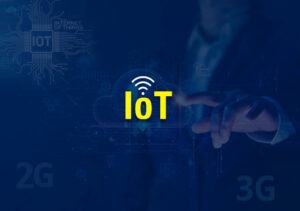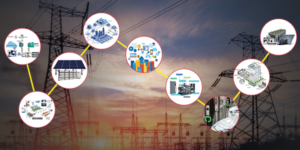INTRO: Data integration is the key component of IoT ecosystem as it gives organisations a unified view of their operations, thereby helping them make informed decisions and improve outcomes. There are several processes involved in data integration and a good understanding of these is critical for efficient functioning.
To ensure that the data is accurate, consistent, and available for use in an IoT ecosystem, a robust infrastructure, standard protocols, and secure connectivity are required
Data integration in the Internet of Things (IoT) ecosystem refers to the process of bringing together data from multiple devices, sensors, and systems within an IoT network and making it available for use in a seamless and consistent manner. This process enables data from IoT devices to be collected, processed, and analysed to provide insights and make decisions. The key components of data integration include:
- Collection: IoT devices are equipped with sensors and other components that gather data about the environment, usage, and performance. The data is transmitted to the IoT platform for further processing.
- Processing: The IoT platform performs various operations, such as filtering, transforming, and aggregating the data to make it ready for analysis and storage.
- Storage: The processed data is stored in a central repository or database where it can be accessed by various applications and services within the IoT ecosystem.
- Integration: The data is integrated with other sources of information, such as legacy systems, databases, and cloud services to provide a comprehensive view of the information and support decision-making.
- Analysis: The integrated data is analysed using various tools and techniques, such as machine learning and predictive analytics to extract insights and generate actionable information.
To ensure that the data is accurate, consistent, and available for use in an IoT ecosystem, a robust infrastructure, standard protocols, and secure connectivity are required. Data integration from multiple sources gives organisations a more complete and accurate picture of their operations, which can then be used to support decision-making and drive business outcomes.
Data from IoT devices, for example, can be combined with data from legacy systems and databases to provide a comprehensive picture of an organisation’s operations. This information can include inventory levels, customer interactions, and financial transactions. Insights into areas such as supply chain management, customer behaviour, and cost optimization can be gained by integrating this data.
Similarly, integrating IoT data with cloud services can provide organisations with powerful analytics and machine learning tools for real-time data processing and analysis. This can assist organisations in making more informed decisions, responding to changing conditions more quickly, and improving overall operational efficiency.
DISCLAIMER
Observations and options expressed in the article (except where specifically validated by market numbers and stats) belong to the contributing writer of the article, and are not necessarily indicative of the company’s position and stance in the matter.




